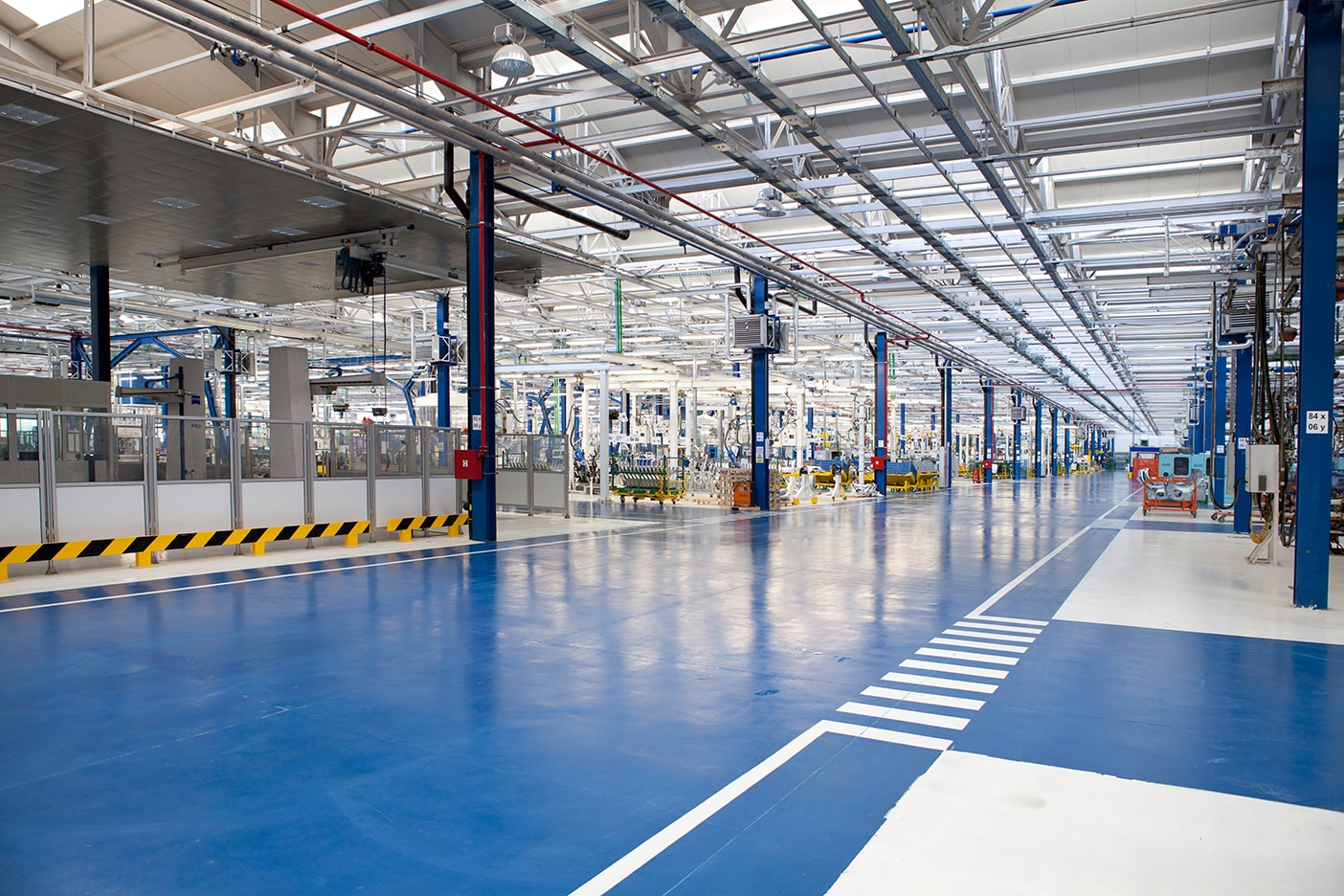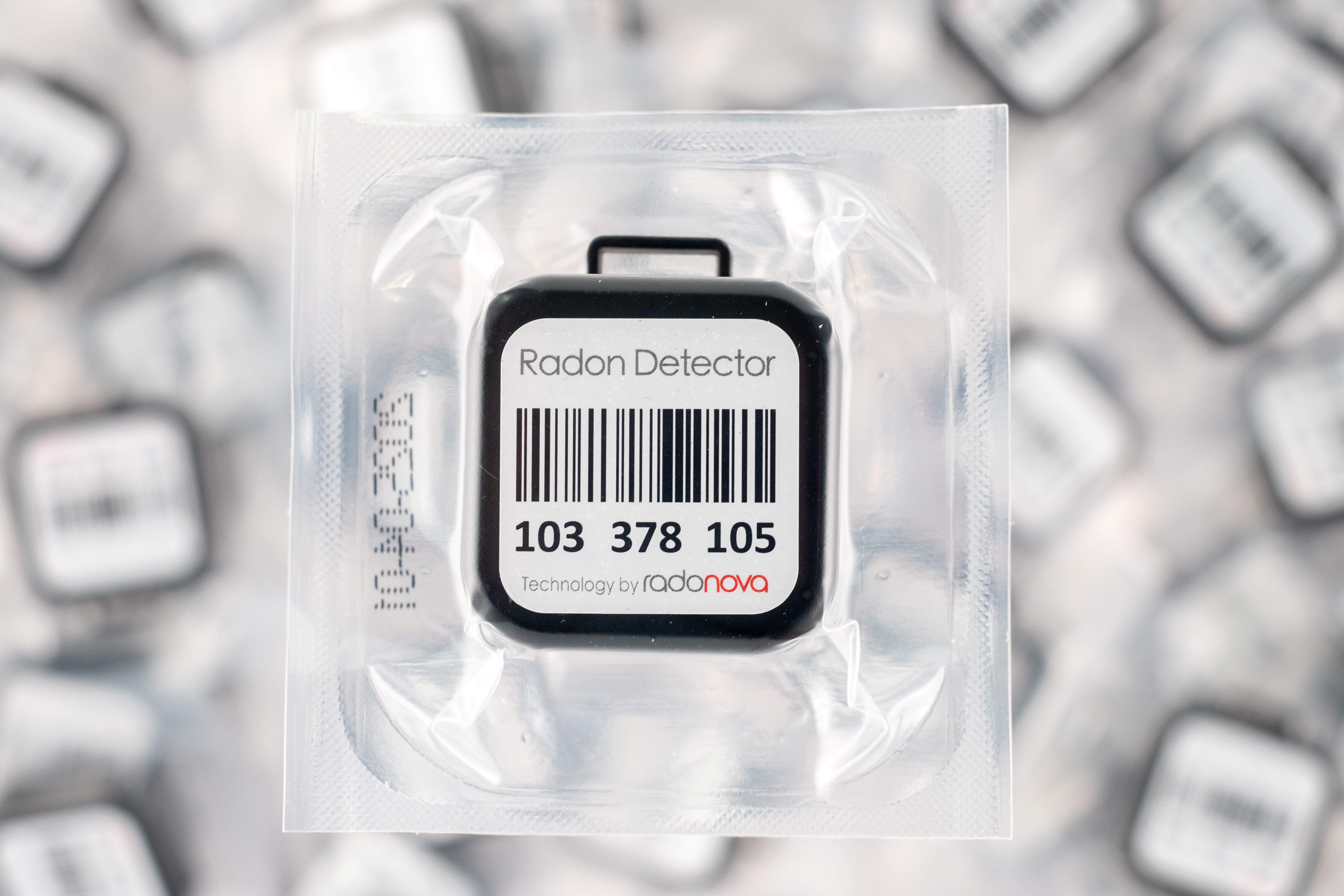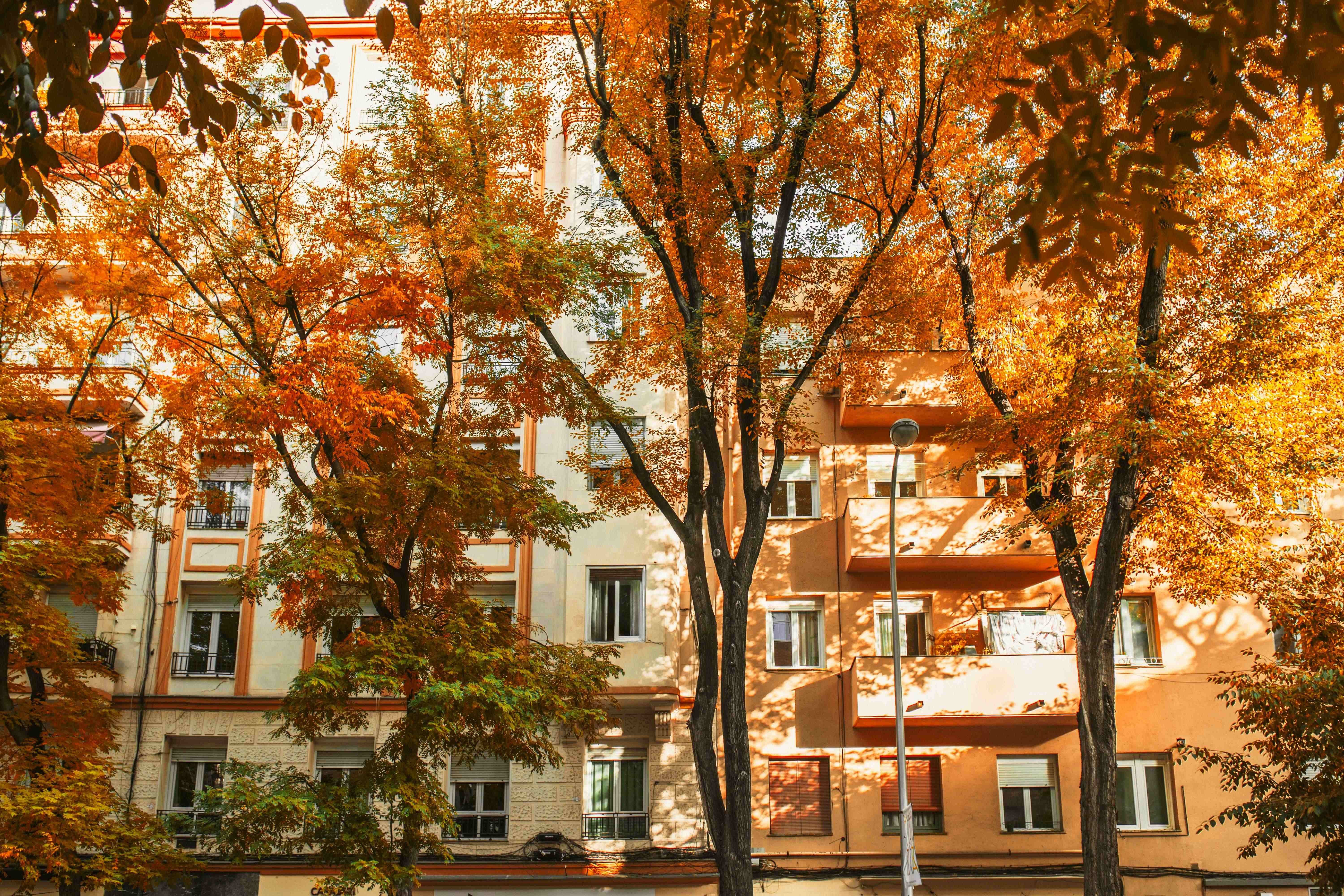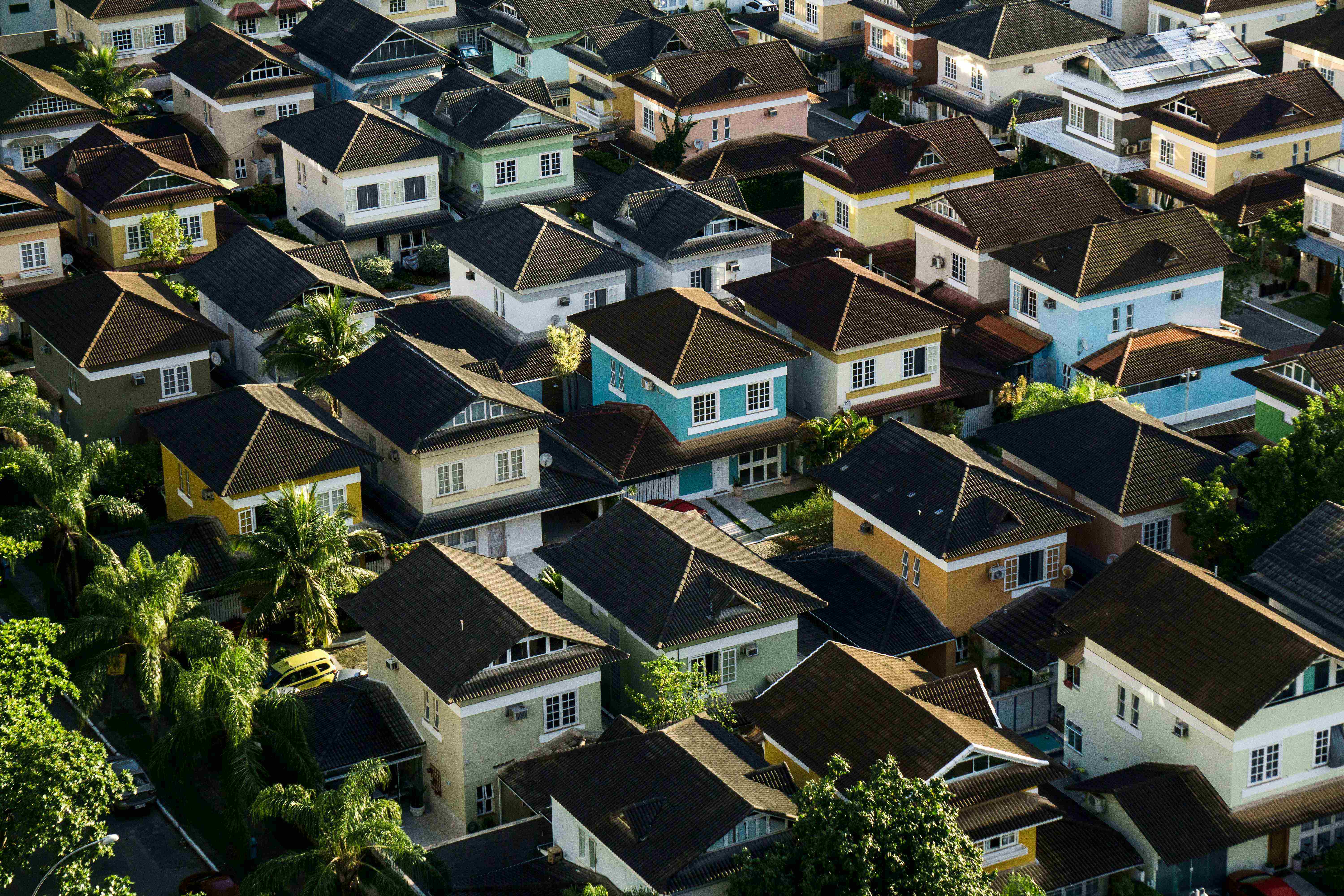Frequently asked questions about radon measurement in workplaces
We thought it would be helpful to answer some of the most common questions asked about radon measurement in workplaces.
Radon and health risks
Radon is a decomposition product from uranium found in our bedrock. Because it is gas, it can leak into buildings through the ground. Depending on the building’s construction and ventilation system design, elevated levels of radon can be created in indoor air. In some cases, the building material can also be a source of radon. As a result of radon decomposition, radioactive alpha radiation is created which can damage lung tissue. If you are exposed to elevated radon levels for several years, there is a risk of developing lung cancer. Radon is the most common cause of lung cancer after smoking and is estimated to cause between 3 and 14 per cent of all cases of lung cancer, depending on the average radon level in the country. The higher the content and the longer you are exposed, the greater the risk that radon will cause health issues.
How do I conduct a radon measurement in the workplace?
It is easy to measure for radon. Before commencing the process, check whether a radon measurement has already been carried out and if so, when it was done. The property manager should be aware of this. Any previous radon measurement must not be older than 10 years. In order for the measurement to be valid, no rebuilding or change to the ventilation system should have taken place since the radon measurement was carried out.
How many radon boxes do I need and where should I place them?
In order to obtain an accurate measurement result that is comparable to the limit value for the radon content in workplaces, it is essential to take a 2-6 month measurement with radon detectors from a radon laboratory that is accredited to ISO 17025. This will ensure a reliable value is obtained which corresponds to an annual average value of radon content at the workplace.
The number of radon detectors deployed depends on the size of the room, the number of rooms, and floors in the building. For guidance follow the international method description – IRMA. By doing so, you will use slightly more radon detectors, but at the same time, it gives a much better overview of radon levels in the workplace. By following IRMA’s advice, there is no risk of missing areas with elevated values. In addition, IRMA’s method description provides a clear way forward if the results indicate you have to implement measures to reduce radon levels.
Always feel free to contact an accredited radon laboratory such as Radonova. We are here to help you calculate the number of radon detectors you need. Also, on our website, we have online tools that make it easy to calculate the number of radon detectors required to carry out a measurement.
How is the radon measurement done?
Once the radon detectors have been delivered, they need to be placed according to the instructions. Normally, you place them hanging from the ceiling or lying on a shelf. They must be placed at least 25 centimetres from the floor, ceiling, or wall. This is because the airflow along static surfaces doesn’t represent the airflow in which the worker resides. Also, radon detectors should not be placed near supply/exhaust air diffusers, front doors, windows, heating elements, or other heat sources. Wet areas should be avoided. Note, that the measurement starts when you break the transparent plastic packaging in which the radon detectors are delivered. When the measurement begins, the start time for each radon detector is registered on the web page “My Pages”. This is also where the stop time is registered, prior to the radon detectors being sent back to the laboratory for analysis. The analysis is normally sent out within a week.
What should I do if the radon content is above the limit value?
A first step to take in relation to measured elevated values is to examine the radon content during working hours. Most workplaces are ventilation-controlled and have ventilation switched off outside working hours, therefore an annual average value (measurement made around the clock) does not always reflect the value during working hours. Through a supplementary measurement for 1-3 weeks during working hours (in workspaces that have elevated radon levels), a factor can be obtained reflecting the radon content during working hours and the radon content during non-working hours. By multiplying this factor by the previously measured annual average value, a corrected annual average value can be attained that will clearly show what radon levels staff are exposed to during working hours.
Contact a radon consultant for professional advice
If the annual average value is above the limit value, measures must be taken to reduce the radon content. In the workplace, you can reduce the radon content by means of several measures you could take. In this scenario, it is recommended you contact a certified radon consultant to help.
We hope the above information has been helpful. Good luck with the measurement of radon in your workplace!







